2024 Renault Master: Redefining Commercial Design with a Multi-Energy Platform

by AutoExpert | 22 November, 2023
Renault has taken the wraps off the new Master light commercial vehicle (LCV), showcasing a fresh design for the first time in 13 years. The latest iteration doesn't just look more contemporary than its predecessor; it's also been optimized for peak aerodynamic efficiency.
The lineup is as diverse as it is modern, with electric, hydrogen, and diesel powertrains all on offer.
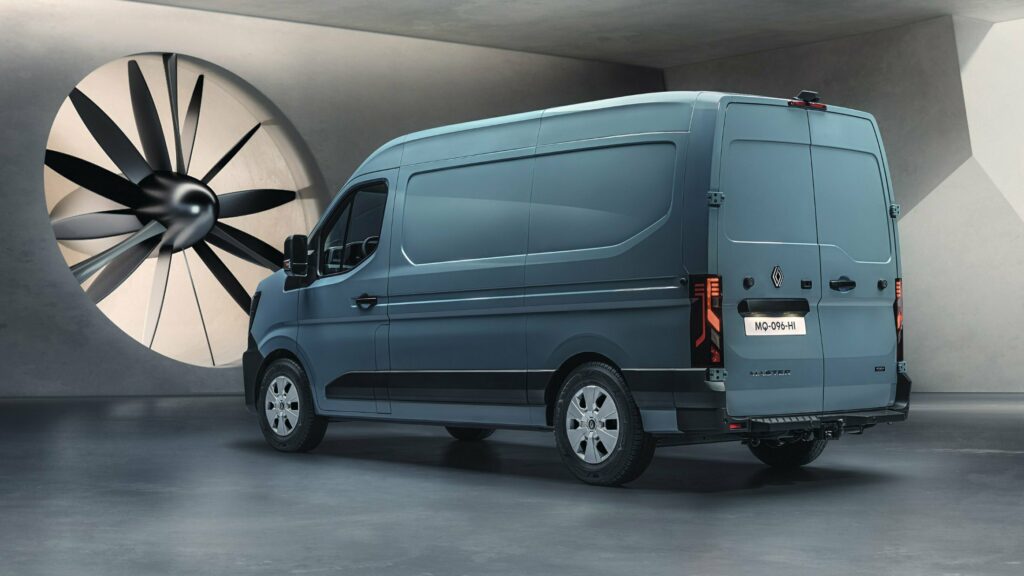
The exterior redesign borrows elements from Renault's passenger cars, sporting a new emblem on the enlarged grille, stylish intakes on the bumper, and Megane-inspired C-shaped LED headlights. The van's profile and rear have been refreshed, adding to the clean-sheet design ethos.
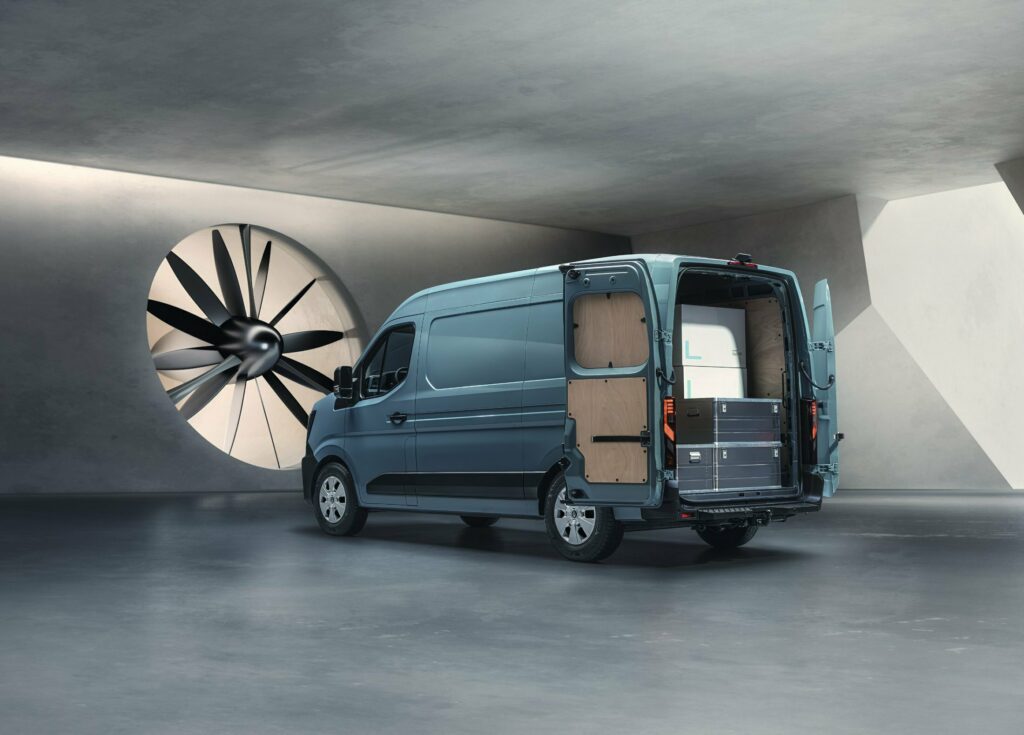
Color options are plentiful, with seven standard choices and an additional 300 custom hues.
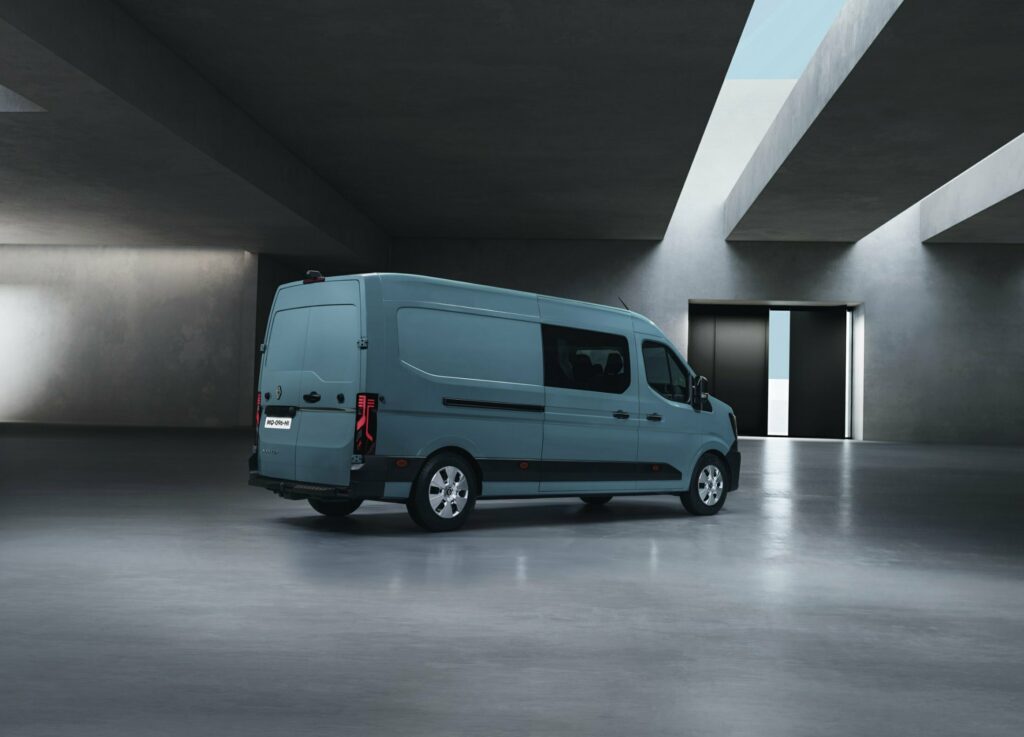
A shorter hood, a narrower rear, and a more steeply raked windscreen contribute to the new Master's enhanced aerodynamics, making it a segment leader in efficiency. The diesel variant's CO2 emissions see a significant reduction, now below the 200 g/km threshold, while the electric models boast a 20% improvement in energy consumption, translating to an extended range.
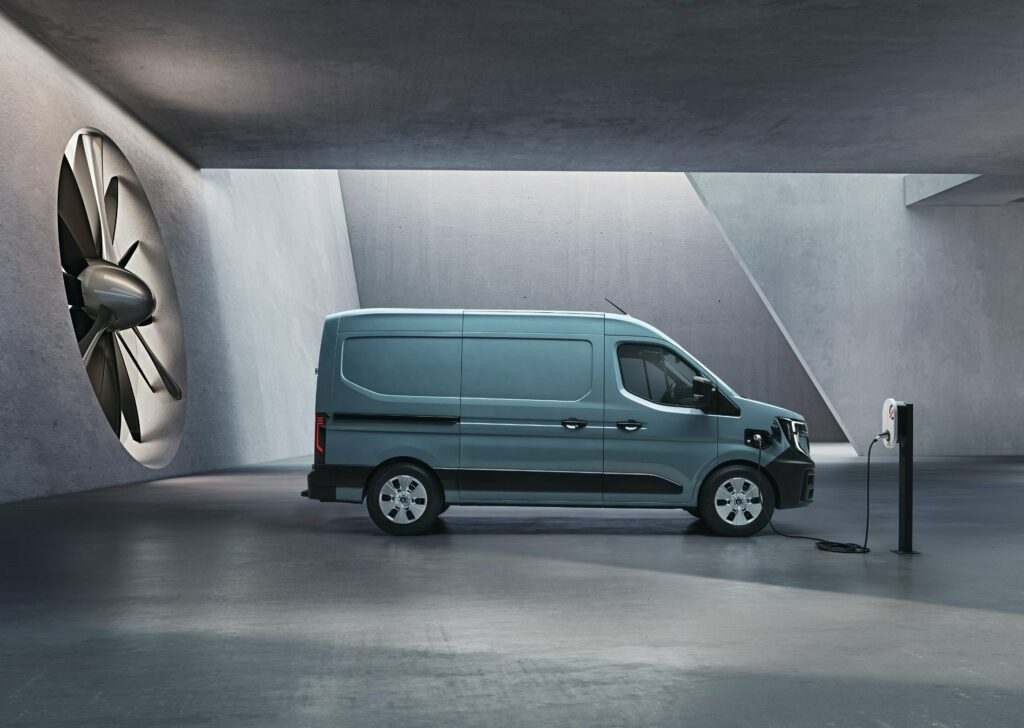
The Master's "multi-energy" platform seamlessly accommodates hydrogen, diesel, and electric powertrains. The Diesel Blue dCi engine comes in four outputs, ranging from 105 HP to 170 HP, and is more fuel-efficient and cleaner than before. These engines are available with either manual transmission or a 9-speed automatic gearbox.
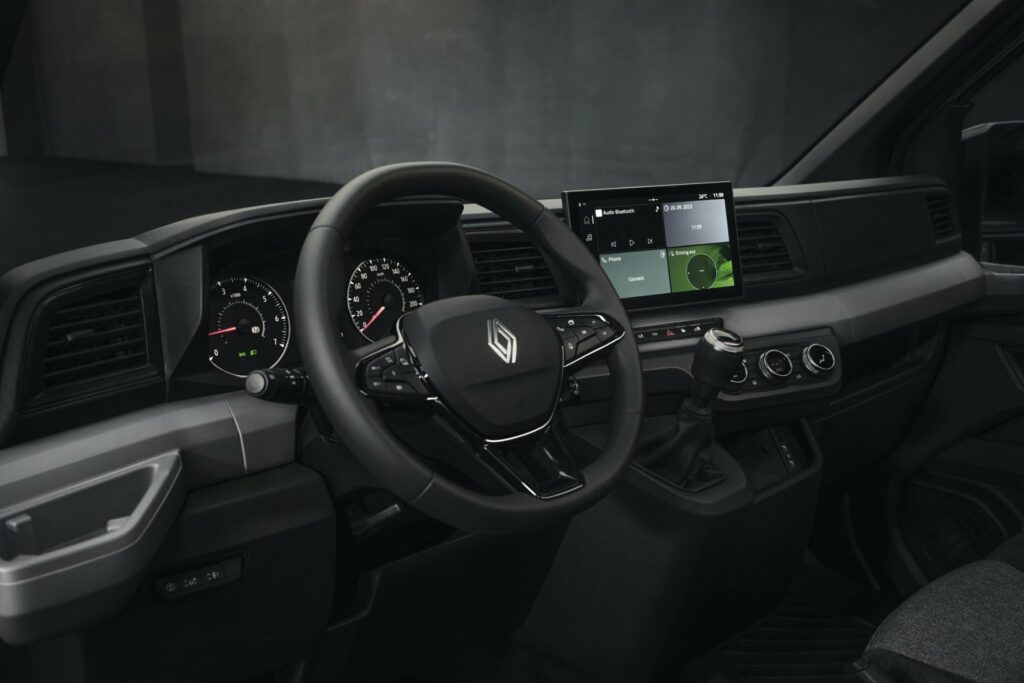
In the electric corner, the Master comes with two motor options, producing 130 HP or 140 HP, and 221 lb-ft of torque. The entry-level electric model includes a 40 kWh battery with a 112-mile WLTP range, while the higher-end version sports an 87 kWh battery, achieving a 255-mile range. Fast charging capabilities allow for a 142-mile range boost in just 30 minutes.
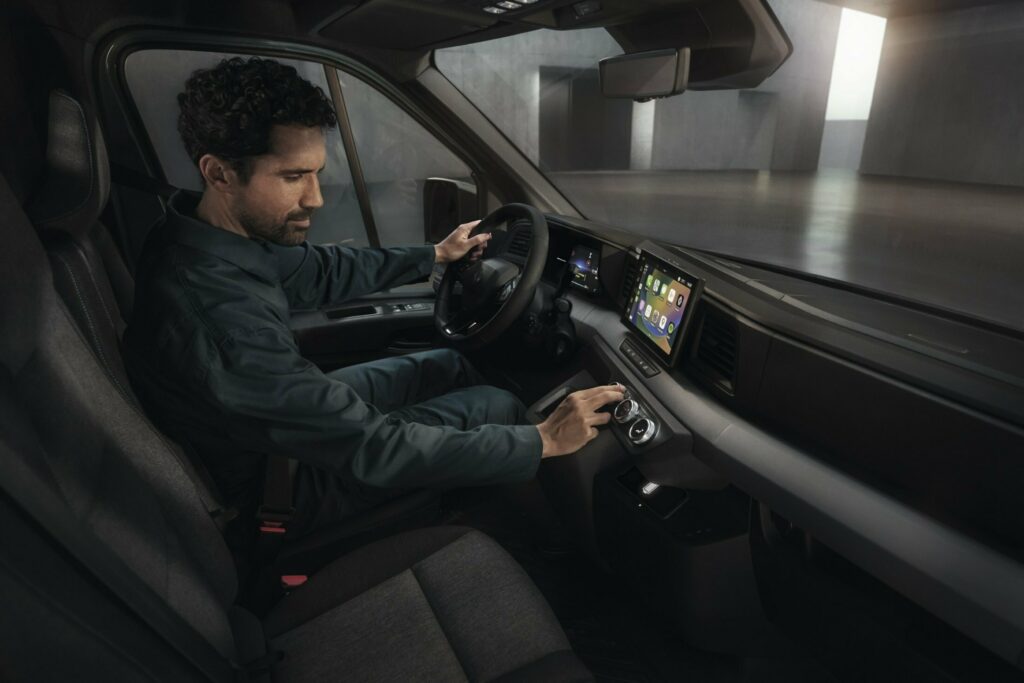
The electric Master also offers Vehicle-to-Load and Vehicle-to-Grid charging features.
Looking ahead, a hydrogen-powered H2-tech engine and fuel cell (FCEV) powertrain will join the lineup, with details expected from Renault's HYVIA brand in the future.
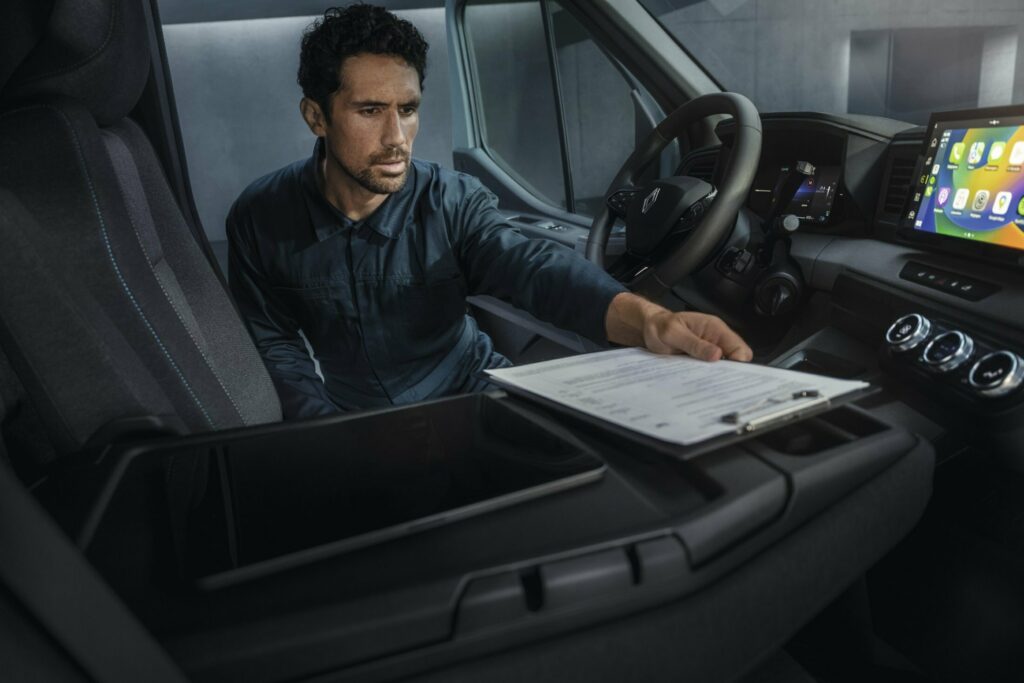
The interior exudes a premium feel, with practicality at its core. Storage space has increased by 25% to 4.4 cubic feet, thanks to an array of compartments. Passengers can enjoy a cab-ceiling slot, wireless chargers, cupholders, drawers, and door-mounted storage options.
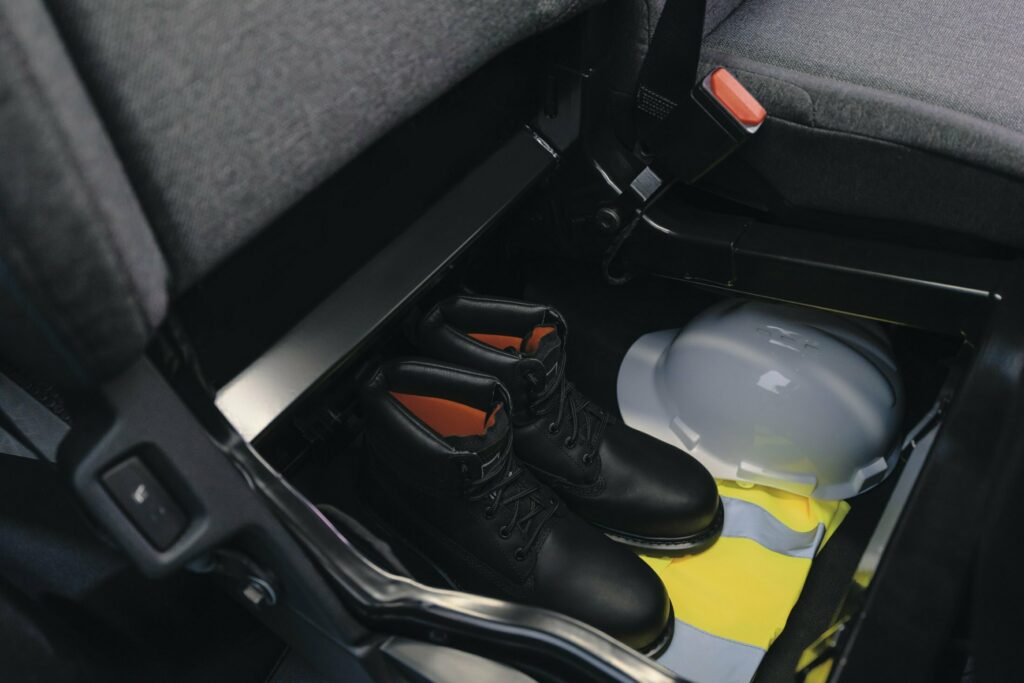
Offering over 40 different versions, the Renault Master caters to various cargo needs, with capacities ranging from 388 to 777 cubic feet and payloads up to 4 tons. It competes with the likes of the Ford Transit, Mercedes-Benz Sprinter, and VW Crafter, as well as Stellantis's refreshed lineup.
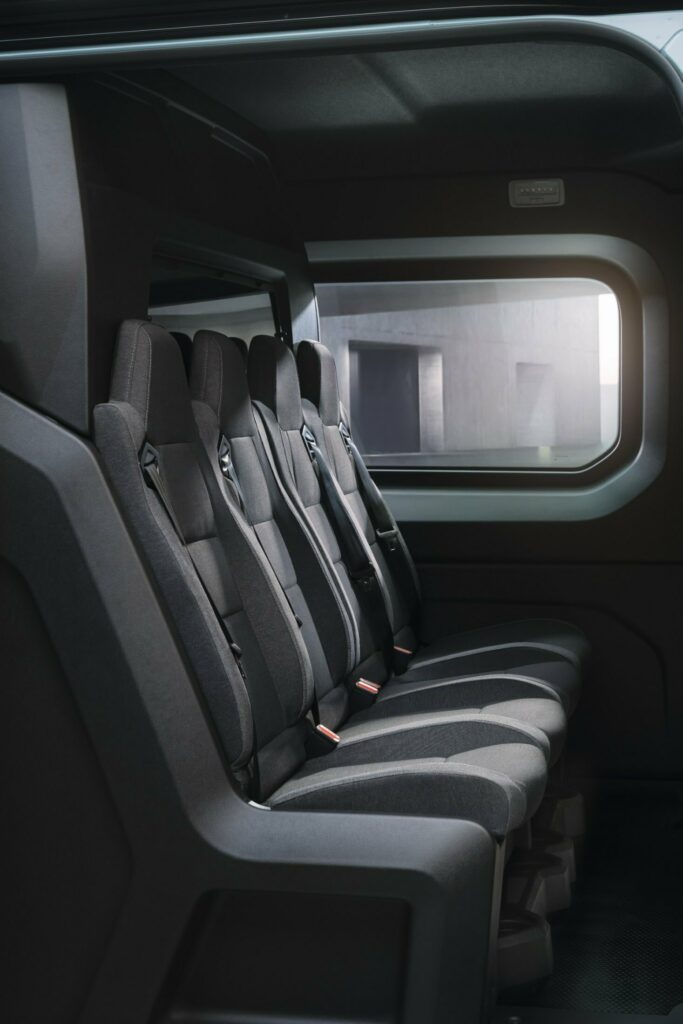
The Renault Master will roll off the production line in Batily, France, with all versions assembled on a single line. Prices will be unveiled closer to its spring 2024 launch.

















